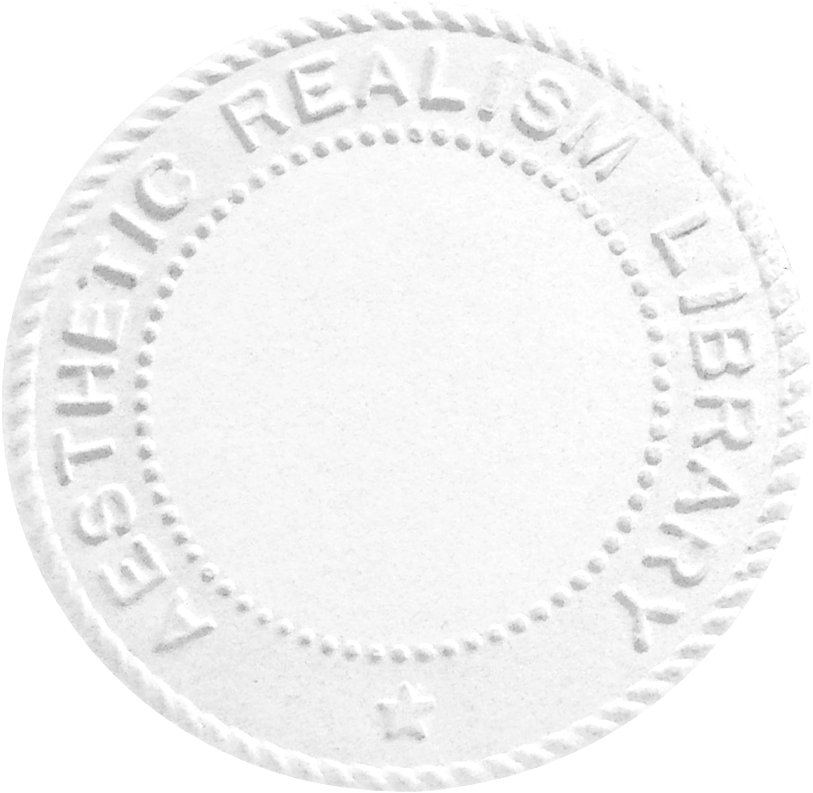Poetry of Eli Siegel
“This poem is a tremendous oneness of logic and music. Its explanation of the self is philosophically magnificent. It is clear; it is blessedly kind. Its music is grandly, sweetly wide and pointed at once—as the self needs to be.”
—Ellen Reiss, in
The Right of Aesthetic Realism to Be Known
The Shame We Have
The person that we want to be
Makes us ashamed
Of the person that we are.
Can we then fight, gracefully, for the person that we want to be,
Or let that person only chide us in dismalness?
We must first know the person that we want to be.
This person is the neat ourselves
And the vast what-is-not-ourselves,
As one thing, containing either
And resplendent both,
Accurate two.
If there’s a moment that we do not use
To fight for the accurate splendor in the sun
Of ourselves as just that,
And ourselves as relation, all possible relation,—
Why, then, that moment is a moment we’re ashamed of,
And ourselves in that moment.
These two things—
Ourselves as dearly we are to ourselves
And ourselves as standing for all else
In multitudinous splendor of the east and west,
In technical manyness of the north and south,—
What relations are there between these two things,
Or these two selves?
Is it a relation of merely opposition,
Warfare, conflict, friction, hissing, spitting, inter-neglect?
Is it not rather that of center and circle
Where center is the circle always,
Circle going towards center, center towards the other?
Are the two selves one, though seemingly so arrantly different?
—This it is we must pursue, Lothario and Esmeralda.
II
In the night, the two selves are the same and different.
In the morning that is the way they are:
As a line can seem straight and bent,
And is that line.
So our self goes out, comes back,
Goes forward, meets attack,
Is star in water and just star.
The self can shout and whine,
The self is lowly and magnificent;
Can be ashamed of being lowly,
Can be ashamed of arrogance.
The self’s intent
On finding accuracy in exultation,
Precision in its lowliness,
Triumph, too, in lowliness.
The self is coarse and holy,
The self is sloppy and tense.
The self has flatness, elation.
Straight from the universe was sent
To the self, the contrariness
Strictly within being.
There are shame and distress
When we are not seeing
All that we are,
All that we are.
The self is near and far,
The self is near and far.
III
Shame comes from our not seeing all that we are,
Our using of our nearness
To fight ourselves as far,
To forget ourselves as far.
Shame comes from our using ourselves as less
To fight ourselves as more,
To forget ourselves as more;
As more in a world of more,
As more in a world of more.
From The Right of Aesthetic Realism to Be Known, no. 760 (Aesthetic Realism Foundation), ©1961 by Eli Siegel


